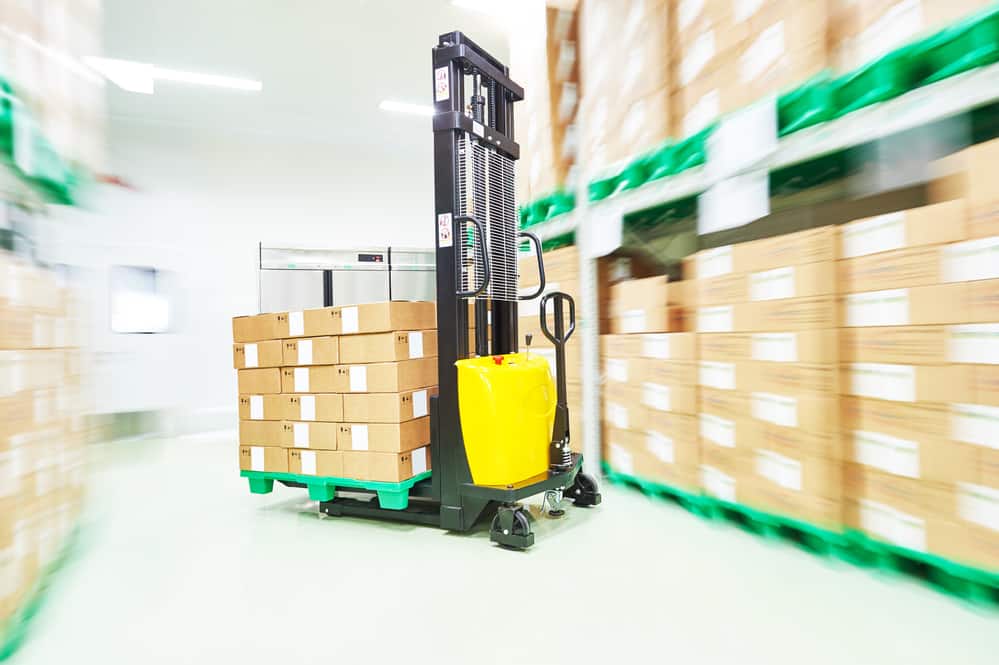While most people think of returns as something that retail business have to deal with, manufacturing facilities often have their own returns processes. The lack of a process to manage these returns could be costing your facility a lot of money.
1: Evaluate Your Processes
Managing returns in a manufacturing facility starts with having a way to track every type of return. That includes creating processes to identify whether the item is still in demand, could be returned to a vendor, needs to be repaired or refurbished, or requires disposal. A breakdown in any of these areas leads to items that could otherwise offer you some value (with resale, repair, refurbishing, return to vendor, or other alternatives) being left in a warehouse or facility and eventually getting scrapped for a total loss.
2: Have a System for Tracking Repairs
Tracking repairs is critical, especially in cases where you plan to return a repaired item to a customer or are preparing a refurbished item for resale. Failure to track these can lead to unhappy customers (if they don’t get their products back in a timely manner) or lost revenue if you miss the window to resell a repaired item. Having a reverse logistics platform that can track repair parts, manage warranties and registrations after a sale, and help with integration and testing can streamline the repairs process even further.
3: Provide Quick Turnaround on Resale Items
Some items returned to a warehouse unopened and undamaged can be immediately restocked and resold. It’s important to have a reverse logistics platform that will manage these returns for the quickest possible turnaround time to recoup some or all of the cost by getting the item ready for sale in the shortest amount of time.
4: If Necessary, Dispose of Products Quickly
Some items that get returned to your manufacturing facility cannot be resold, cannot be repaired, and cannot be sold on a secondary market or returned to the vendor. When those items come in, the best option is to quickly identify the fact that the item needs to be disposed of (either recycled, donated, or dismantled) and move it along in that process. This avoids having unusable product sitting on a warehouse shelf and taking up valuable space when it has no ultimate value to your business.
ReverseLogix has extensive experience helping manufacturing facilities with the technology to improve inbound and reverse logistics in distribution and receiving centers. Contact us today for a demo to find out how it can benefit your facility.

